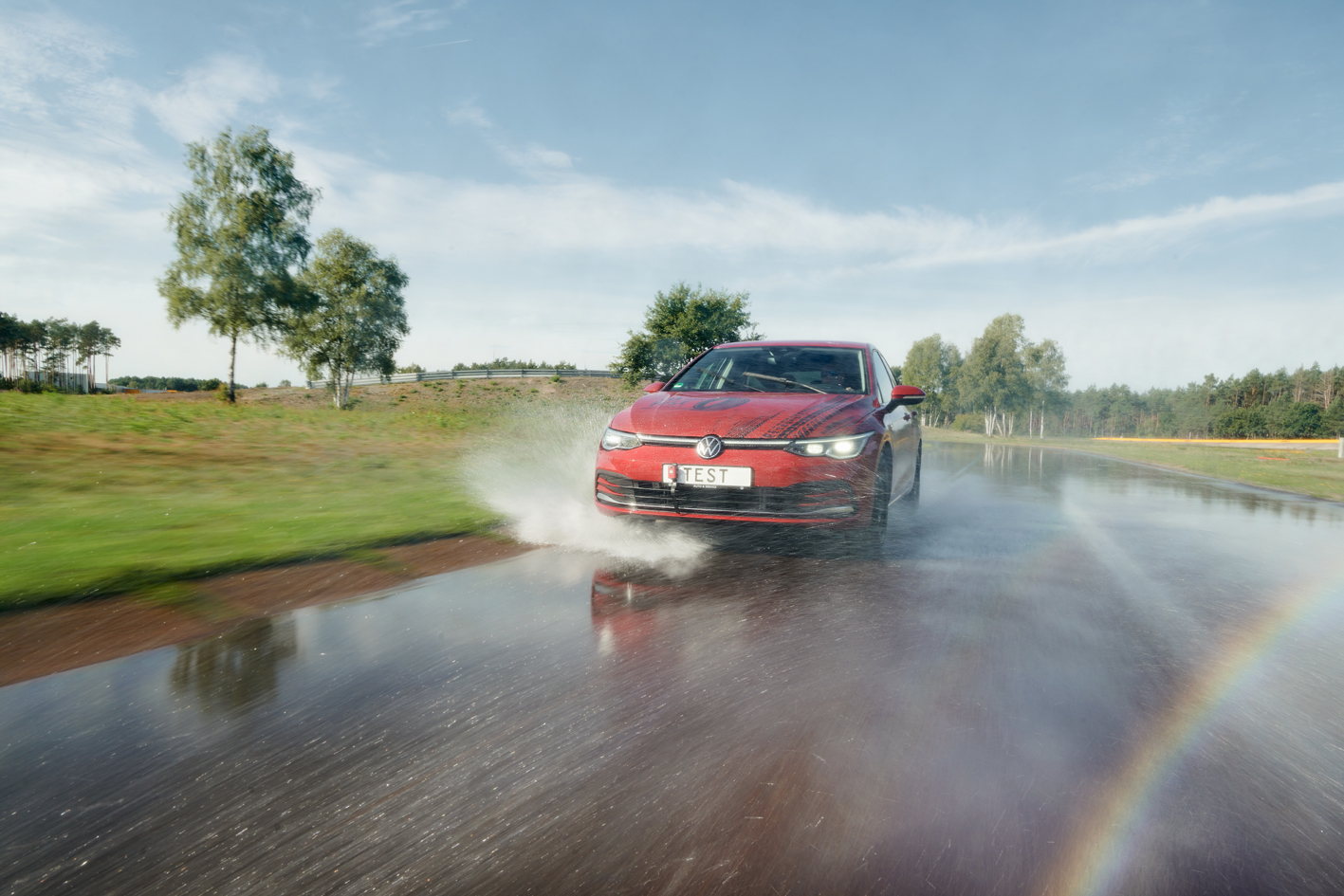
The quality of summer tires continues to improve. However, significant differences still exist in both braking distances and durability, as demonstrated by Driverssection’s extensive test of 16 new summer tires, where one tire particularly stands out.
Spring is just around the corner, signaling the arrival of the summer tire season. With their harder rubber compounds and distinct tread patterns, summer tires provide a safer and more comfortable choice as temperatures begin to rise.
Although summer tires have generally improved in recent years, with the performance gap between the best and worst tires narrowing, it’s still important to be cautious when summer tires are on your shopping list. This is highlighted in this year’s comprehensive summer tire test conducted by Driverssection in collaboration with several European car clubs.
This year’s test has expanded somewhat, featuring 16 tires in the size of 17 inches (215/55 R17), suitable for popular smaller SUVs like the VW T-Roc, Skoda Karoq, and Hyundai Kona.
“Summer tires continue to improve, and none of the tires in this year’s test received a failing mark. In fact, most performed above average or better. One tire, however, stands out: Continental’s new summer tire. It incorporates entirely new tire technology and materials that provide impressive safety features, particularly on wet surfaces. For example, during the portion of the test where vehicles brake from 80 km/h on wet roads, the other tires continued at speeds between 23 and 35 km/h long after passing the stationary vehicle with the Continental tire,” explains Søren W. Rasmussen, the automotive technical editor at Driverssection.
In addition to evaluating the tires’ braking and handling characteristics, their environmental impact is now also included in the overall assessment. Similar to winter tires, factors like rolling resistance (fuel consumption), durability, particulate pollution, and the sustainability of their production are taken into account.
“It makes sense to focus on the overall environmental impact of tires, where both particulate pollution and noise are significant local issues. However, none of the 16 tires fell short in this area. There was a considerable difference in tread wear, though. The most durable tire lasted nearly 70,000 km, while the least durable managed only 26,000 km—an impressive difference of over 40,000 km,” says Søren W. Rasmussen, adding:
“Choosing tires should primarily be about safety. That’s why safety accounts for 70 percent of our test ratings, while environmental factors make up 30 percent. If you drive an older vehicle and have modest driving needs, you don’t necessarily need to opt for top-tier tires. However, it’s essential to prioritize good braking performance on both wet and dry surfaces over factors like durability and low rolling resistance.”
https://fdm.dk/ny-type-sommerdaek-giver-konkurrenter-baghjul

